Nearly 60% of homes in the United States deal with below-the-surface moisture, making the need for effective mold detection more critical than ever. Moisture meters for mold detection are the unsung heroes in this battle, offering a straightforward solution to a potentially complex problem. These handy gadgets not only pinpoint the exact areas of concern but also help homeowners and professionals alike take timely action to prevent mold growth. With health and property at stake, understanding how to utilize these tools effectively is key to maintaining a safe and mold-free environment.
Understanding Moisture and Mold
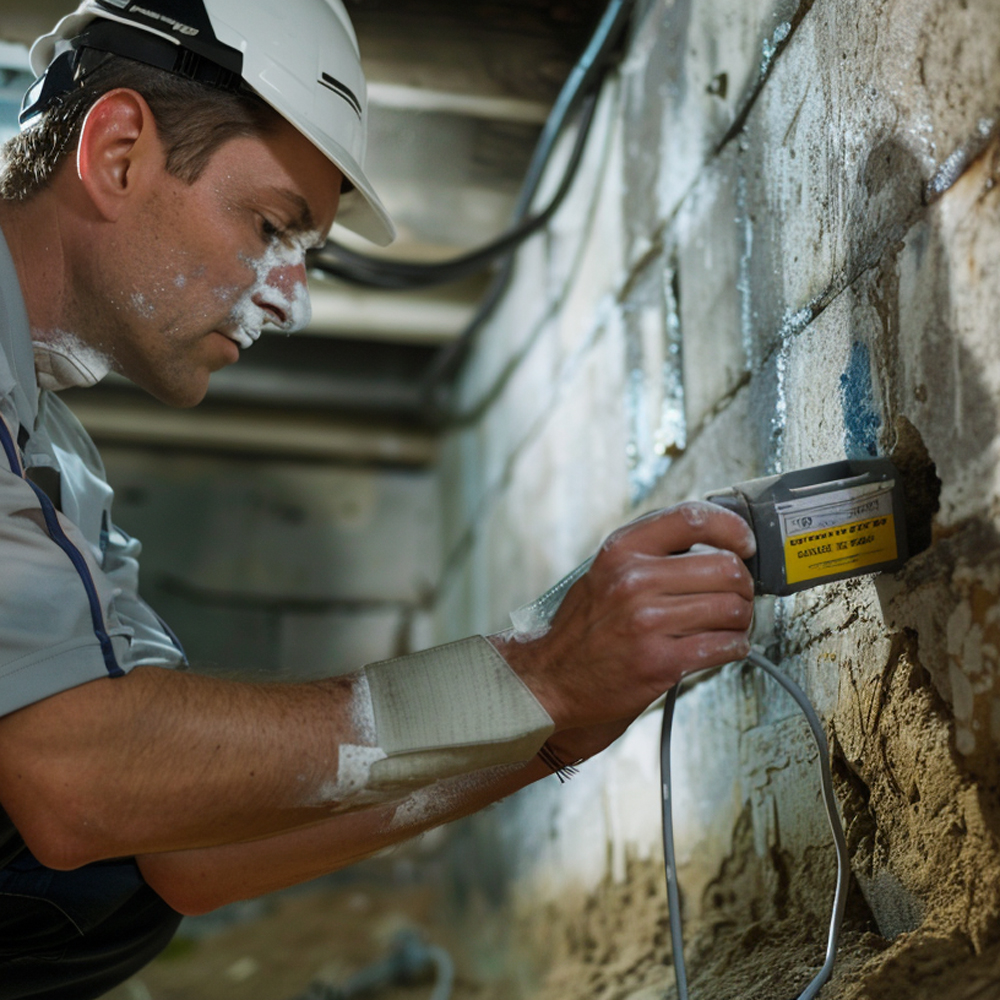
Moisture Levels
Moisture is a key player in mold growth. Homes and buildings with high moisture levels create perfect conditions for mold to thrive. This happens because mold spores need water to grow and multiply. When areas remain damp, it invites mold to settle in.
Mold prefers dark, warm, and humid places. Kitchens, bathrooms, and basements are often at risk. It’s crucial to keep these areas dry and well-ventilated.
Health Risks
Mold exposure poses significant health risks. People may experience allergies, asthma attacks, or other respiratory issues. Some molds produce mycotoxins that can be harmful when inhaled or touched.
Children, the elderly, and those with weakened immune systems are especially vulnerable. Detecting mold early can prevent health problems for everyone in the home.
Early Detection
Moisture meters serve as a first line of defense against mold. They detect dampness in walls, floors, and ceilings before it’s visible. Early detection of moisture allows for quick action to dry out areas and prevent mold from forming.
These tools are easy to use and can save homeowners from costly repairs. By identifying problem areas early, moisture meters help maintain a healthy living environment.
Choosing the Right Moisture Meter
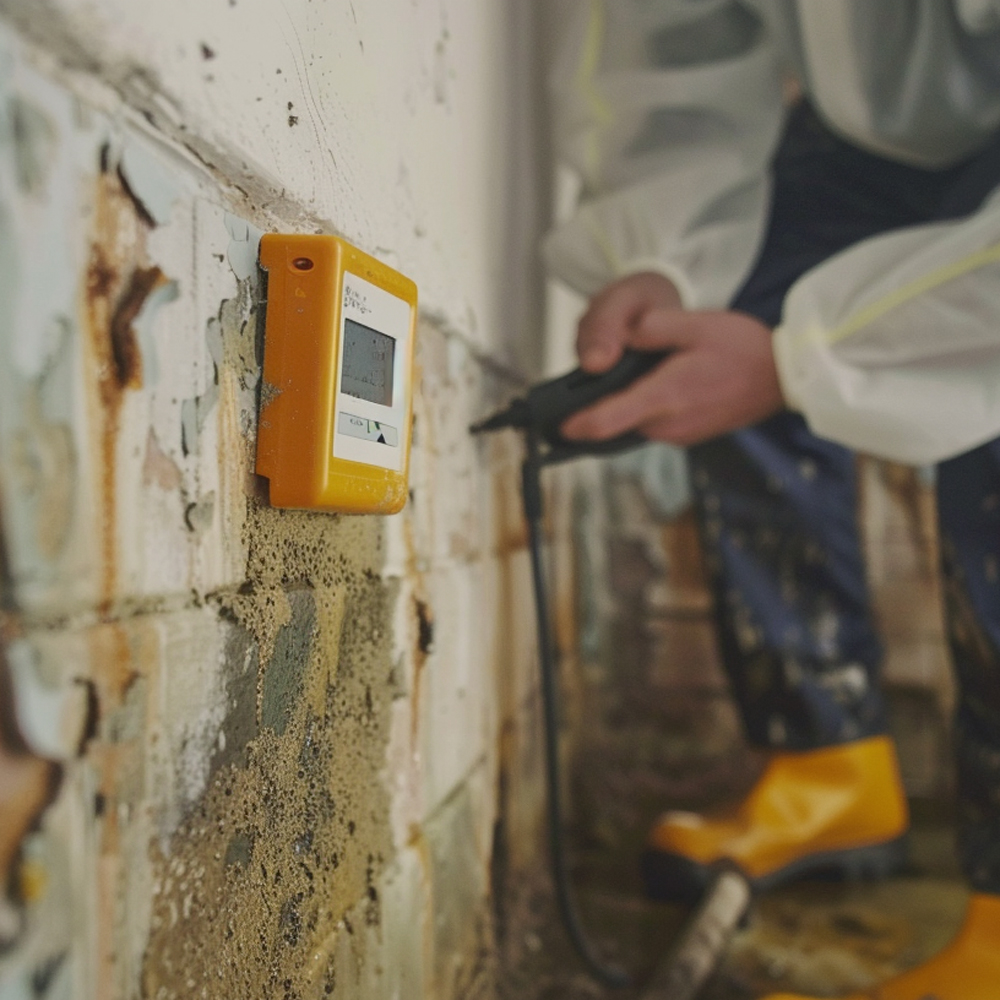
PREXISO vs. TESMEN
The PREXISO Wood Moisture Meter shines when used on wood. It offers precise measurements, crucial for preventing mold in wooden structures. Its calibration is specifically designed for wood, making it highly reliable in such applications.
The TESMEN TWM-186, on the other hand, excels across a broader range of materials including drywall and bricks. This versatility stems from its multiple calibration scales. Such flexibility ensures accurate readings on various surfaces, vital for comprehensive mold prevention efforts.
Calibration Importance
Choosing a moisture meter with multiple calibration scales cannot be overstated. Different materials require different calibration settings to ensure accuracy. Meters like the TESMEN TWM-186 offer this versatility, making them indispensable tools in accurately identifying potential mold hotspots across diverse materials.
Purchase Volume Insights
The sales volume of a product often reflects its reliability and user satisfaction. The PREXISO Wood Moisture Meter has seen over 100 units sold, indicating trust among users dealing primarily with wood. Meanwhile, the TESMEN TWM-186 boasts over 900 units sold, showcasing widespread approval for its ability to handle various materials effectively.
Effective Usage of Moisture Meters
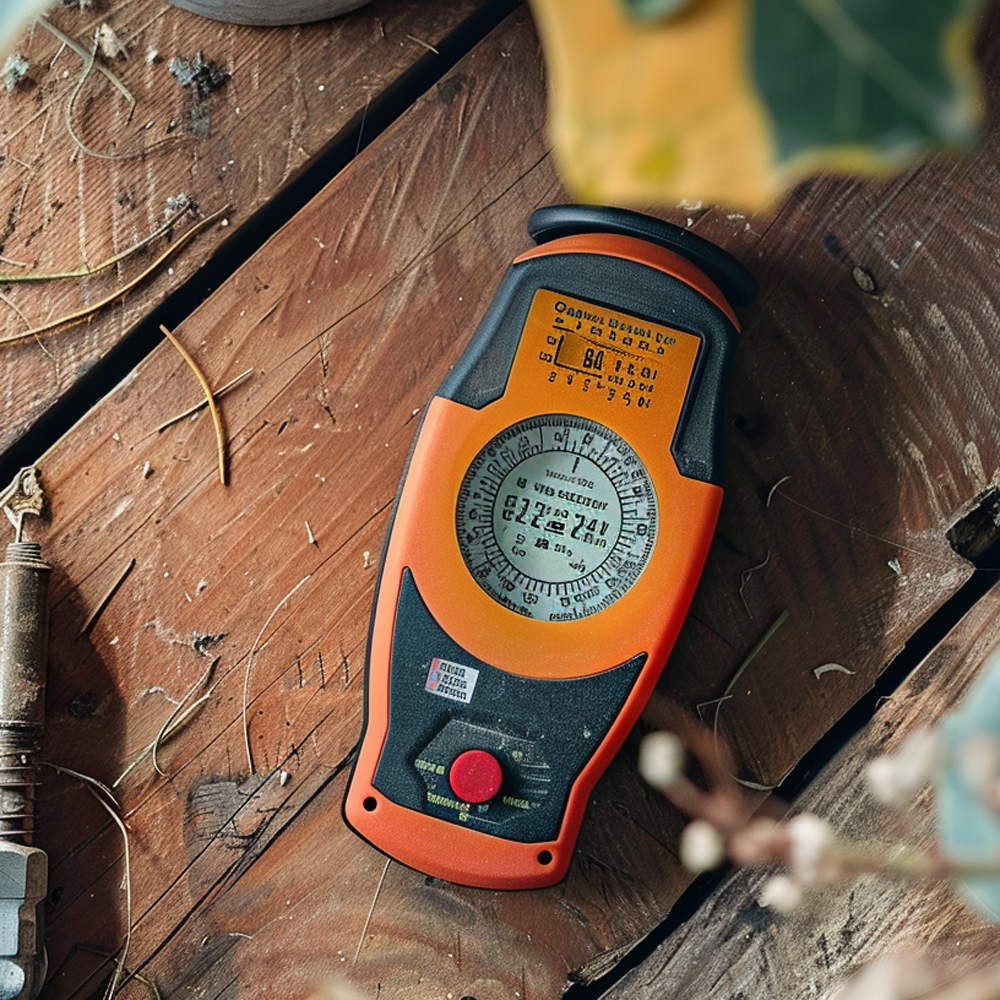
Proper Placement
Proper placement is key for accurate readings. Users must ensure the sensor is in full contact with the surface being tested. This avoids air gaps that can skew results.
For walls, it’s best to test at several heights. Moisture levels can vary significantly from top to bottom. Floors require testing in multiple locations, especially near water sources like sinks or bathtubs.
Device Settings
Understanding your device’s settings enhances accuracy. Most moisture meters offer different modes for various materials such as wood, drywall, or concrete.
Selecting the correct mode is crucial. It adjusts the meter’s sensitivity to match the material’s density and composition. This ensures more precise measurements.
Pin-Type Sensors
Devices with pin-type sensors are excellent for pinpointing moisture in specific areas. They measure moisture content by penetrating the material’s surface.
This method provides detailed insights into the exact location of moisture buildup. It’s ideal for detecting potential mold growth spots.
Portable Meters
Portable moisture meters offer a significant advantage for inspecting hard-to-reach areas. Their compact size allows users to easily access tight spaces behind furniture, in attics, or inside cabinets.
These devices are essential tools for thorough home inspections. They help identify hidden moisture issues before they lead to major problems.
Interpreting Readings for Mold Prevention
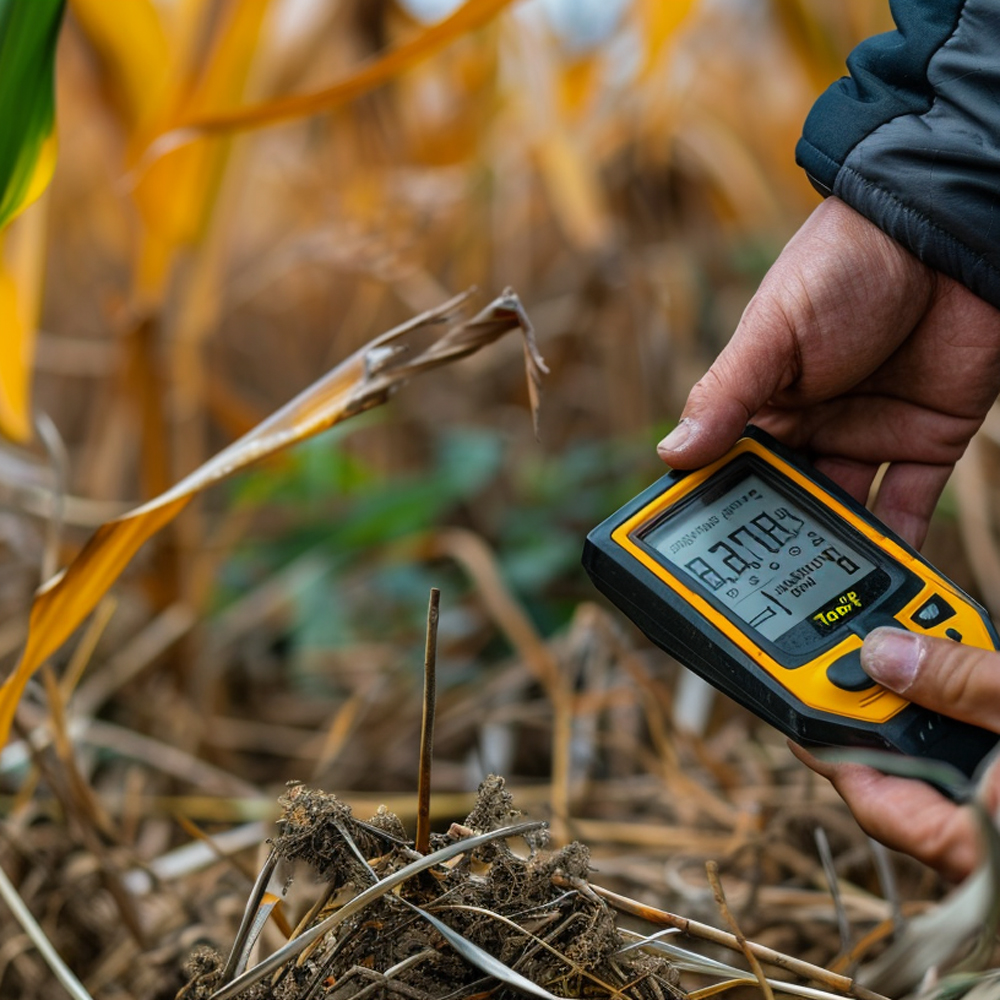
Reading Significance
Moisture meters provide critical data on water presence in materials. A reading above 17% in wood, for example, indicates a high risk for mold. In non-wood materials, any consistent increase over baseline moisture levels should raise concern.
Understanding these readings is key to spotting potential mold issues early. It’s not just about the numbers but noticing trends over time.
Action Thresholds
Immediate action is crucial when certain thresholds are crossed. For wood, 20% moisture content is a clear signal to dry the area promptly. For concrete and drywall, relative humidity readings above 60% warrant quick intervention to prevent mold growth.
These thresholds serve as benchmarks. They guide homeowners and professionals alike in taking decisive steps to mitigate mold risks.
Regular Monitoring
Consistent checks in known problem areas are essential. Areas prone to dampness like basements and bathrooms need more frequent monitoring. Use a moisture meter every few months or after heavy rainfalls to ensure levels stay within safe limits.
Regular monitoring helps maintain a healthy indoor environment. It keeps mold at bay by addressing moisture before it becomes a bigger issue.
If you suspect your home might be affected, it’s advisable to consult with trusted mold inspection services.
Addressing High Moisture to Stop Mold
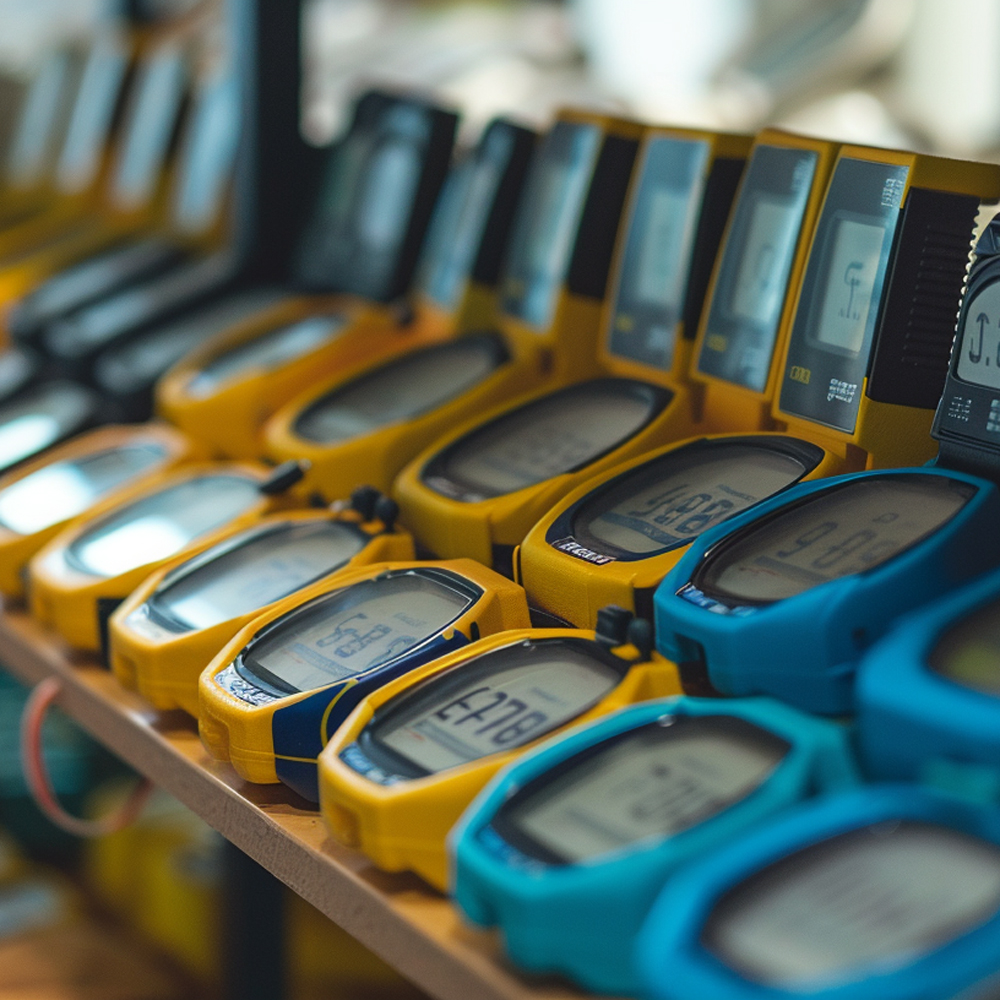
Improve Ventilation
Improving airflow in your home is key. Open windows daily to let fresh air in. This reduces moisture levels. Install exhaust fans in high-humidity areas like bathrooms and kitchens.
Fans help move moist air outside. They keep indoor air dry and mold-free.
Fix Leaks
Leaks can cause mold by creating damp spots. Check pipes, roofs, and windows regularly for leaks. Fix them immediately to prevent water from accumulating.
This stops mold before it starts. It also saves money on costly repairs later.
Use Dehumidifiers
Dehumidifiers pull moisture from the air. They are perfect for damp rooms or basements.
Using one keeps humidity levels low. This makes your home less inviting for mold.
Consult Professionals
If moisture levels are high, seek expert advice. Mold remediation professionals can assess the situation. They provide solutions to remove existing mold and prevent future growth.
Their expertise ensures your home stays safe and healthy. For those facing significant mold issues, exploring comprehensive mold removal solutions is essential to restore air quality and ensure a safe living environment.
Final Remarks
You’ve got the lowdown on moisture meters and how they’re your best bet for keeping mold at bay. Choosing the right tool and mastering its use can make all the difference in your fight against mold. It’s clear: staying on top of moisture levels is key to stopping mold before it starts. Trust your gear, understand the signs, and take action fast. Your health and home will thank you. Ready to tackle moisture head-on and keep your space mold-free? Dive into selecting and using a moisture meter today. Let’s beat mold together!
Take charge now. Don’t wait for mold to become a bigger problem. Grab a moisture meter, get familiar, and start monitoring. Your proactive steps today can save heaps of trouble tomorrow. Remember, keeping dry means keeping mold away. Start your journey to a healthier, mold-free environment now!
To address your home’s specific needs, find a mold expert near you who can provide tailored advice and effective solutions.
Frequently Asked Questions
What is the connection between moisture and mold?
Moisture creates an ideal environment for mold growth. Controlling indoor moisture levels can significantly reduce mold proliferation.
How do I choose the right moisture meter for detecting mold?
Select a moisture meter based on its ease of use, accuracy, and the specific materials you’ll be testing. Pin-type meters are generally preferred for their precision.
What’s the best way to use a moisture meter for mold prevention?
For effective use, regularly check various surfaces and materials in your home, especially after heavy rain or in naturally damp areas like basements.
How can I interpret moisture meter readings to prevent mold?
Readings indicating high moisture levels suggest potential mold risk. Aim to maintain relative humidity below 60% indoors to deter mold growth.
What steps should I take if my moisture meter indicates high levels?
Address high moisture quickly by identifying the source of excess water and making necessary repairs. Consider using dehumidifiers or fans to dry out affected areas promptly.
